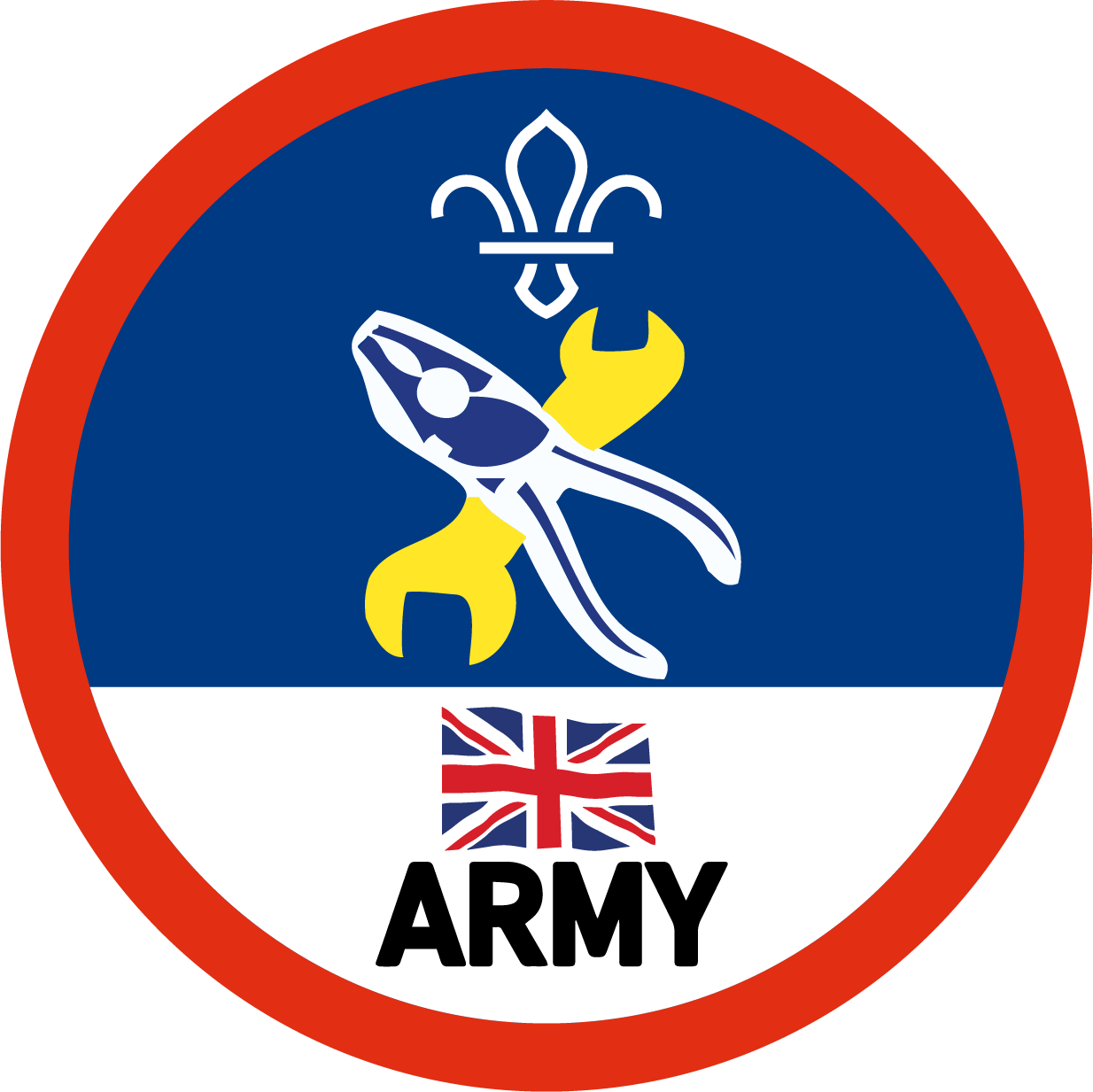
MOT check-up (motorcycle)
You’ll need
- Access to the internet
- Access to a motorcycle (with the correct manual)
An MOT (Ministry Of Transport) road test is a legally required check for all vehicles driving on the roads. Every vehicle must get its first MOT test 3 years after it is registered and then again every year after that.
The MOT test checks that a vehicle is safe to drive on the roads and that it meets environmental standards. It is one thing for a vehicle to have its tyres, brakes and windscreen wipers in top condition but if something has gone wrong and it is spewing harmful emissions out it will not pass an MOT test.
An MOT test will look at everything from whether the number plates are clean and easy to read, right down to seatbelts and the steering. Getting your vehicle checked every year can feel frustrating and expensive, but it helps to keep you, other road users and the environment safe, as well as saving you form hefty fines.
Full information on what is checked during an MOT test can be found here.
Checklist
While you may not be able to check everything on the MOT, try using this checklist to help someone prepare for an MOT. This could be on a friend’s, parents or leaders car, just make sure to get their permission first. You could also try doing these by completing the rest of the Scout Mechanic Activity Badge activities.
- Keep your car motorcycle, inside and out. A storage box full of clutter and an excessively dirty motorcycle could lead to an examiner refusing to carry out the MOT.
- Give number plates a clean as they need to be readable to pass the MOT.
- Check all lights are in working order. Ask a friend to stand outside the car and confirm lights function properly.
- Check the tyre tread and tyre pressure.
- Top up all fluid levels.
- Check that the horn works - give it a quick honk!
- All of your mirrors should be intact and secure to ensure you can use them safely.
Reflection
Did you know? The first ever MOT test began in 1960 and didn’t include any checks of the tyres, lights windscreen.
Looking after and repairing your vehicle is an amazing skill to have. It will help keep you and others safe, boost your independence, save you money and help support the environment by using up few resources and new parts.
Safety
All activities must be safely managed. You must complete a thorough risk assessment and take appropriate steps to reduce risk. Use the safety checklist to help you plan and risk assess your activity. Always get approval for the activity, and have suitable supervision and an InTouch process.
- Chemicals
This task involves the use of potentially harmful fluids or chemicals. Make sure you follow all relevant safety guidance. Make sure you dispose of them appropriately too, in line with safety guidance.
- Manufacturer’s guidelines
All vehicles will be different so always follow the manufacturer’s guidelines.
- PPE
Before completing this activity make sure you have suitable personal protective equipment (PPE). This could include eye or ear protection, gloves, and anything else you need to protect yourself. You’ll know what you need as a result of completing the risk assessment for the activity.
- Vehicle readiness
Before completing this activity, make sure that the engine’s fully cooled. The vehicle should be parked on flat, stable ground with the parking brake applied.
- Outdoor activities
You must have permission to use the location. Always check the weather forecast, and inform parents and carers of any change in venue.
While this activity must always be supervised and guided by someone competent, they can vary the level of hands-on help they provide. People with more knowledge and experience should do more for themselves (with supervision); people with less knowledge and experience may need more hands-on help.
This activity must always be done with direct supervision. The supervisor can support group members with any further needs by helping to read instructions, lift or move heavy objects or perform smaller or more fiddly tasks.
All Scout activities should be inclusive and accessible.
This activity’s just one area of vehicle maintenance and repair. Encourage anyone who’s interested to complete the other activities in the Scouts Mechanic Activity Badge.
Involve young people in the decision about how to do the Scouts Mechanic Activity Badge (if they want to do it at all) – would they rather do the activities separately over different meetings or as part of an activity day? Just because this activity needs supervision (and you can’t alter the content or safety guidance), doesn’t mean young people can’t have a say.
